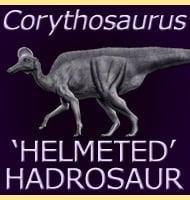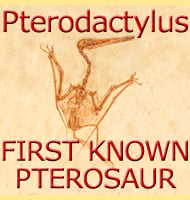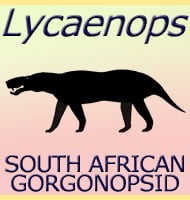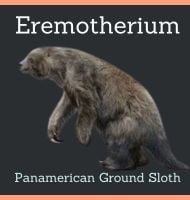In Depth
As a primitive Eocene era horse Orohippus is thought to have primarily been a browser, which means it ate leaves of plants rather than grazing grass. However the teeth are also more suited for grinding rather than slicing which suggests a specialisation in eating tougher kinds of vegetation. Orohippus is thought to be descended from other earlier forms such as Hyracotherium, and Orohippus in turn is regarded as the ancestor of Epihippus. Predators of Orohippus likely included creodonts and early nimravids.
Further Reading
– On Ornithopsis, a gigantic animal of the pterodactyle kind from the Wealden. – Annals and Magazine of Natural History, series 4 5:279-283. – H. G. Seeley – 1870. – Note on some dinosaurian remains in the collection of A. Leeds, Esq. Part I. Ornithopsis leedsii. Part II. Omosaurus, sp. – Geological Magazine, decade 3 4:375-376. – J. W. Hulke – 1887.









